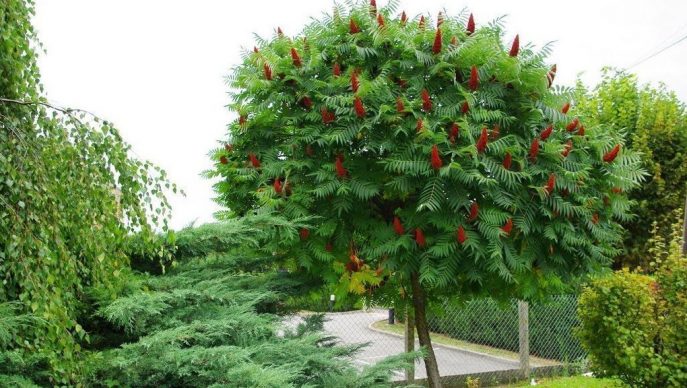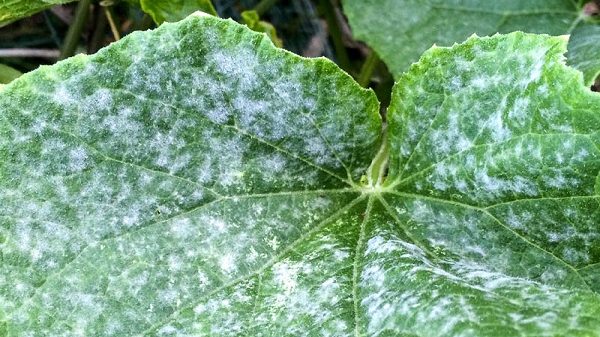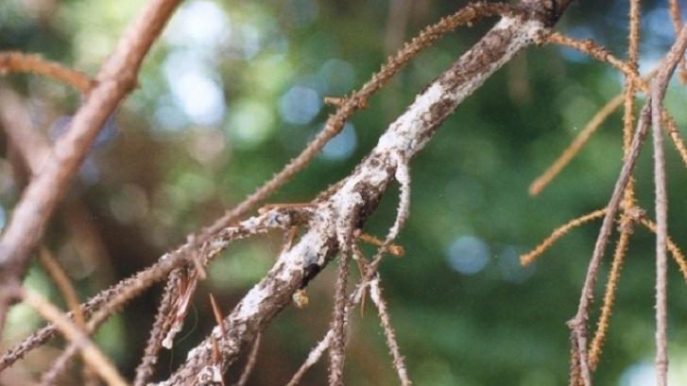Acetic tree has a unique beauty, reflected in luxurious carved leaves, constantly changing color, as well as a chic, spreading crown. It is beautiful at any time of the year. Due to its exoticism and unpretentiousness, wood is mainly used in landscape design.
Material Content:
Acetic tree: features of cultivation
Before deciding to plant vinegar, it is recommended to familiarize yourself with the features of its cultivation:
- The tree has good adaptability to different climatic conditions and easily tolerates high frosts and other adverse conditions.
- To obtain the fruits of vinegar, it is necessary to plant a female and a male individual close to each other.
- Sumy fluffy is durable and in one place can grow more than 20 years.
- It begins to bloom for 3-4 years of life.
- Despite its unpretentiousness, the plant needs good lighting. Growing vinegar should be in sunny places or slightly darkened.
- For the cultivation of fluffy sumac, it is recommended to use domestic seedlings adapted to local climatic conditions, imported, do not withstand cold winters.
Types of vinegar in garden culture
In garden culture, there are 3 main types of vinegar, which we will consider in more detail.
- Fragrant - The height of this species reaches no more than 2 meters. Leaves and thin branches have a fragrant aroma. The shape of the leaves resembles a trefoil. Fragrant suma blooms in early spring, before the first leaves.
- Olenorogy one of the most common types. The tree has a great height reaching 10 meters and an extensive crown resembling deer antlers.The leaves are large, with a slightly velvety surface. This species is distinguished by its obsession, fruitfully spreading its growths by 2-3 meters around the trunk. Blooms in early summer, small inflorescences, resembling panicles. The resulting pyramidal clusters with fruits during ripening become red-brown in color.
- Smooth Sumy reaches a height of 4-5 meters. Sumac leaves are smooth, which distinguishes this species from others. In terms of flowering and fruiting, sumy smooth similar to the deer, has small panicles, when maturing, they take a red-brown color. But here the vastness of the crown wants the best, since the tree looks a bit bare.
Why is a vinegar tree called that?
Sumakh was called vinegar in connection with the sour taste of its berries, the juice or broth of which was previously used as vinegar.
Now the berries are consumed exclusively as spices, giving the dish a sourish piquant flavor. Due to the large percentage of tannins in its composition, berries are also used in medicine.
Outdoor landing
Despite its unpretentiousness of vinegar, it is necessary to treat its landing with full responsibility, and follow some recommendations:
- The optimal age of the seedling for planting in open ground should be within 2-3 years.
- Planting seedlings is best done in the spring, thereby ensuring their maximum survival. During autumn planting, young growth is recommended to be covered for the winter.
- When transplanting grown specimens, the main thing is to save a lump of land, enveloping their roots.
- If several trees are to be planted, the distance between them should be at least 3 meters, since in the future their crown will grow and take up a lot of space.
Seedling Planting Stages
- A mixture is prepared to cover the roots: 1 part of the earth, 1 part of compost and 2 parts of coarse sand. Such soil will fully ensure the survival and development of the seedling.
- A hole is dug in a lighted place. Its size depends on the volume of the earthen coma or the vastness of the root system of the shrub. But on average, it is 0.5 m in diameter and 0.5 m in depth.
- Before planting a seedling, 1-2 buckets of water are poured into the pit.
- Filling the pit is done carefully, with the spreading of each spine of the tree. To avoid the formation of voids, the soil is constantly compacted. The deepening of the root neck of the tree should be no more than 5 cm.
- At the end, the soil is mulched around the tree.
Important! Since the vinegar tree abundantly gives root shoots, it is recommended to set stops when planting seedlings. Their role may be slate, boards, sheets of metal and other building materials.
Vinegar tree care
Like any plant, a vinegar tree needs care.
Tree Care Activities
| Event | What is | Note |
|---|---|---|
| 1. Watering | In the first days after planting, watering is done every other day, for two weeks. As the plants grow, watering is necessary only on especially hot days. | It is especially important during the planting period of a seedling. Excess watering can cause powdery mildew. |
| 2. Weeding or loosening | It is carried out after moistening the soil, for 4-5 days. | This event is necessary to enrich the roots with oxygen. In the presence of mulch, loosening is carried out once a month. |
| 3. Cropping | Sanitary trimming of sumac is performed in the spring, removing dry and damaged branches. Removing unwanted shoots can also be attributed to this section. | Sumy does not need to be trimmed, since when interfering in the formation of its crown, the tree is not so luxurious and exotic. |
| 4. Feeding | The plant is fed once a year using mineral fertilizers. | Nitrogen-containing fertilizers slow down the growth of vinegar. When a tree grows on fertile lands, top dressing is done every 2 years. |
Preparing a tree for winter
Adult sumacs are frost-resistant, easily withstand frosts down to -30 degrees.
Individuals are considered vulnerable in the first year of their life. To prevent their freezing, the tree is wrapped with spanbond or spruce branches. A good insulation is a thick layer of snow, but unfortunately it is impossible to predict its presence.
Important! Even if the shoots freeze, in the spring the tree will quickly and painlessly recover, forming many new young shoots.
Sumac breeding
Sumy fluffy or olenorogy can multiply by seeds or parts of plants.
- The method with cuttings almost never used, since it has a low survival rate.
- Seed method - rarely used, only in cases of new varieties. This is due to the long germination of seeds and low germination. And even managed to germinate them, most of the seedlings are simply not viable.
- Method using root shoots considered the most successful in the propagation of vinegar. For this, the most developed and adult seedling is selected. In a new place, they easily take root.
Important! The deeper to dig the shoot, the faster it will take root in a new place, with a small fraction of drying out.
Pests and diseases - how to treat?
Most types of sumac are resistant to diseases and pests. But one disease still affects them - it's a fungus. The most common of these are powdery mildew and fungus causing drying out of the shoots.
Powdery mildew
It appears in a white coating on the branches of a plant, which very quickly affects the whole tree. If untreated, there is a chance that the vinegar tree will disappear.
The cause of the disease is increased humidity and an excess of nitrogen fertilizers or nitrogen in the soil.
To prevent the appearance of powdery mildew, it is recommended to weed and loosen the soil, limit watering and do not plant trees too close to each other.
Treatment consists in removing diseased branches and spraying problem areas with special chemicals.
Branch drying
The disease manifests itself first in cracking of the cortex, followed by drying of the affected branch. Dead branches have some formations of brown or pink color.
The cause of this disease is bark damage and increased importance.
The fungus is treated by destroying the affected shoots and spraying them with chemical solutions near the branches.
Summing up, we can say that the vinegar tree is completely unpretentious and resistant to any climatic conditions. It has a gorgeous spring look at any time of the year. It is mainly used in landscape design. It does not require special care.


















